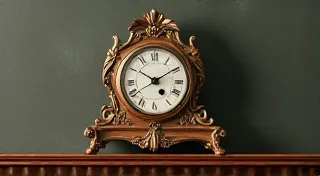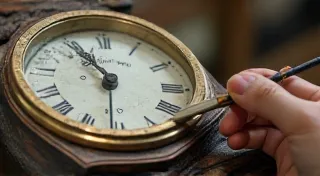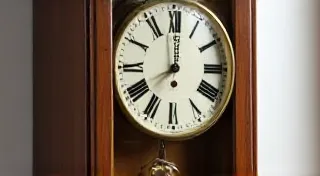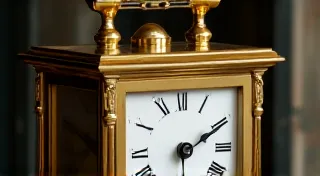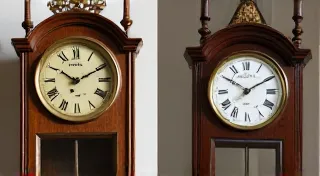Dutch Eight-Day Clocks: A Unique Timepiece
Dutch clocks are renowned for their ingenuity and often possess a distinctive character. Among these, the eight-day Dutch clocks hold a special place in horological history. This article delves into the history and unique characteristics of these timepieces, offering valuable insights for antique clock enthusiasts and those interested in clock identification.
A Brief History
The production of clocks in the Netherlands flourished during the Dutch Golden Age (roughly the 17th century). Driven by trade and a strong maritime tradition, Dutch clockmakers developed innovative solutions for timekeeping, particularly concerning the duration of operation between windings. While single-weight clocks were common, the desire for clocks that could run for a longer period without frequent winding led to the development of the eight-day movement.
The eight-day movement, unlike the more prevalent thirty-hour movements of the period, utilized a larger weight or spring to power the clock for a full eight days. This innovation was highly desirable, especially for ships at sea and households where regular winding was inconvenient.
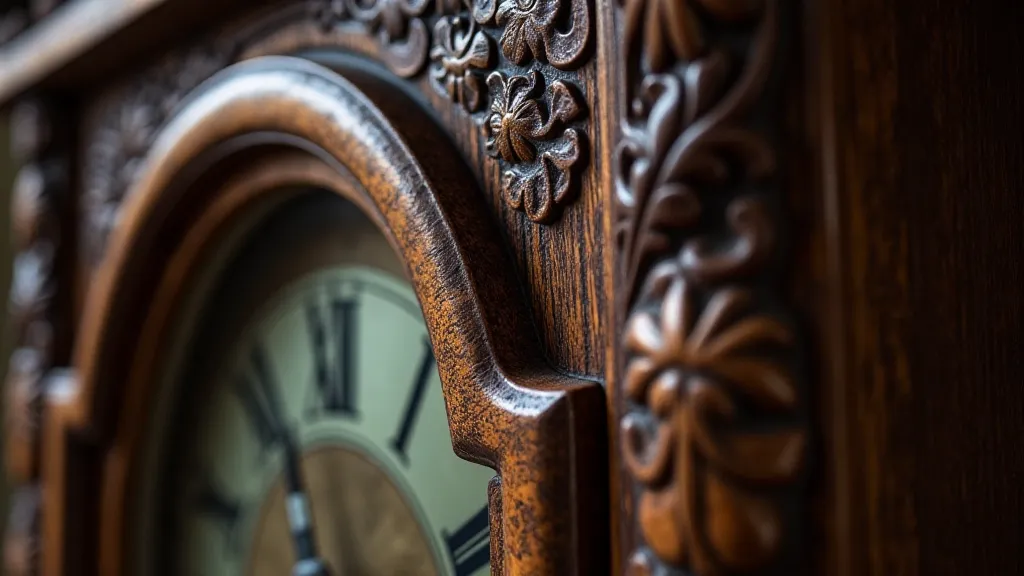
Distinguishing Features for Clock Identification
Identifying an antique Dutch eight-day clock requires careful observation of several key features:
- Movement Size & Construction: Eight-day movements are noticeably larger than thirty-hour movements. The movement itself is often more substantial, constructed with robust components.
- Weight System: True eight-day Dutch clocks typically utilize a two-weight system, one for time and one for the striking mechanism. Examine the back of the clock; you should see two separate weights and cables/chains.
- Dial Characteristics: Dials are usually Roman numeral, often with stylized fonts. The maker's name is commonly (but not always) present. Dutch clocks can sometimes feature decorative painted scenes on the dial, although this is less common than in some other European styles.
- Case Design: Dutch clocks often feature distinctive case designs, frequently incorporating elaborate carvings. Popular motifs include floral patterns, landscapes, and biblical scenes. The cases are often constructed of oak or other hardwoods.
- Striking Mechanism: The striking mechanism is a critical part of identifying an eight-day Dutch clock. It's crucial to check if the mechanism corresponds to the eight-day operation – often a 'double-strike' to reflect the longer runtime.
Important Note: Not all clocks marketed as "Dutch" are genuinely Dutch-made. Many clocks were made in other European countries (like Germany) and exported to the Netherlands, sometimes with modifications to meet local preferences.

Common Makers and Marks
While many Dutch clockmakers contributed to the production of eight-day clocks, some names are more frequently encountered:
- Jan de Flin: A renowned maker of high-quality clocks during the 18th century.
- Hendrik van Thienen: Known for his striking longcase clocks.
- Jacob Peek: A maker popular in the 17th and 18th centuries.
Look carefully for maker’s marks on the movement, dial, or case. These marks provide vital clues to the clock's origin and age. Researching these marks can significantly enhance your understanding of the clock's history.
Value and Collecting
Dutch eight-day clocks are highly sought after by collectors due to their historical significance, craftsmanship, and relative rarity. The value depends on several factors, including the maker's reputation, the clock's condition, the case's quality, and the presence of original parts. Well-preserved examples with documented provenance (history of ownership) command the highest prices.
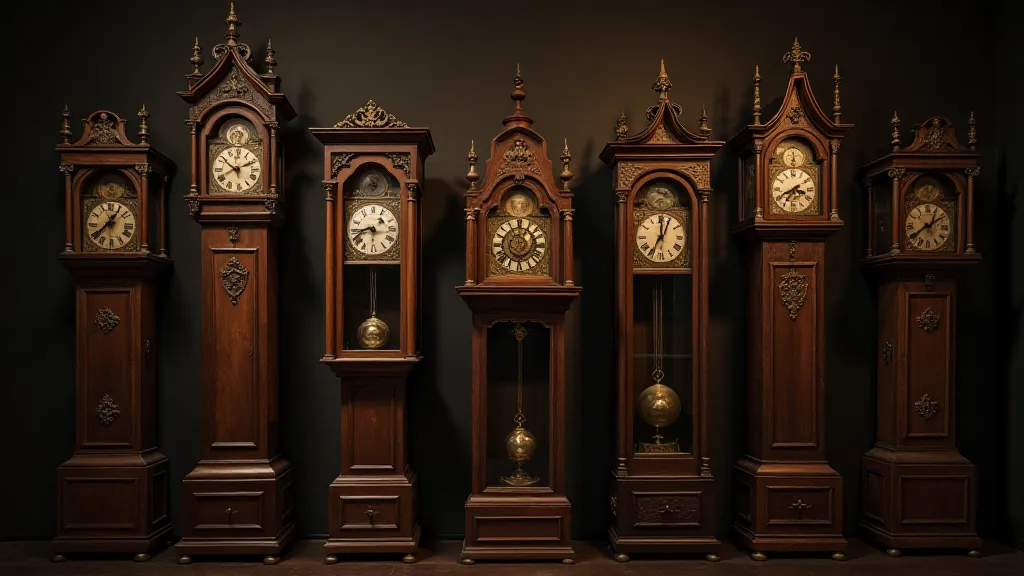
Conclusion
Identifying and appreciating Dutch eight-day clocks requires patience, attention to detail, and a bit of historical knowledge. By understanding their unique features and the context of their creation, collectors and enthusiasts alike can gain a deeper appreciation for these remarkable timepieces, a testament to the ingenuity of Dutch clockmaking.

